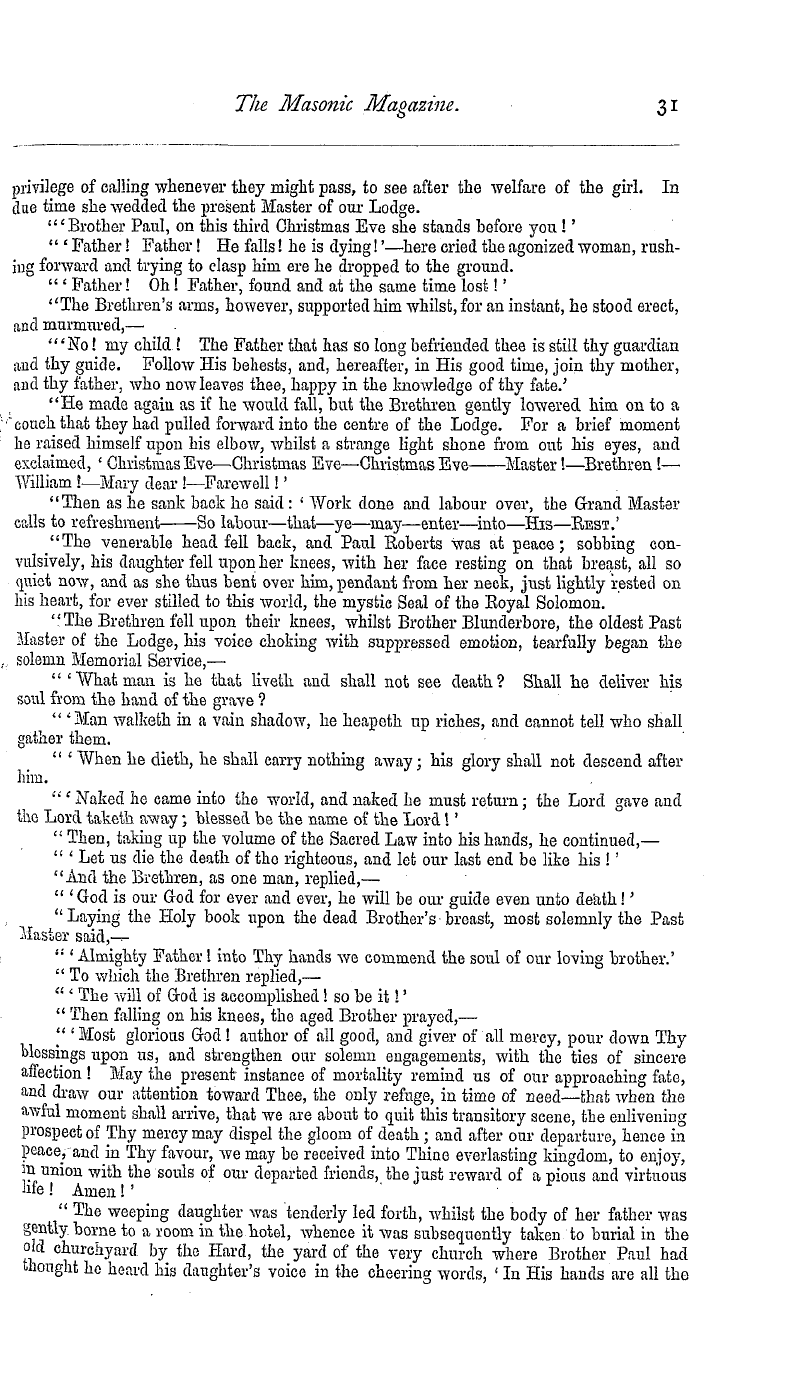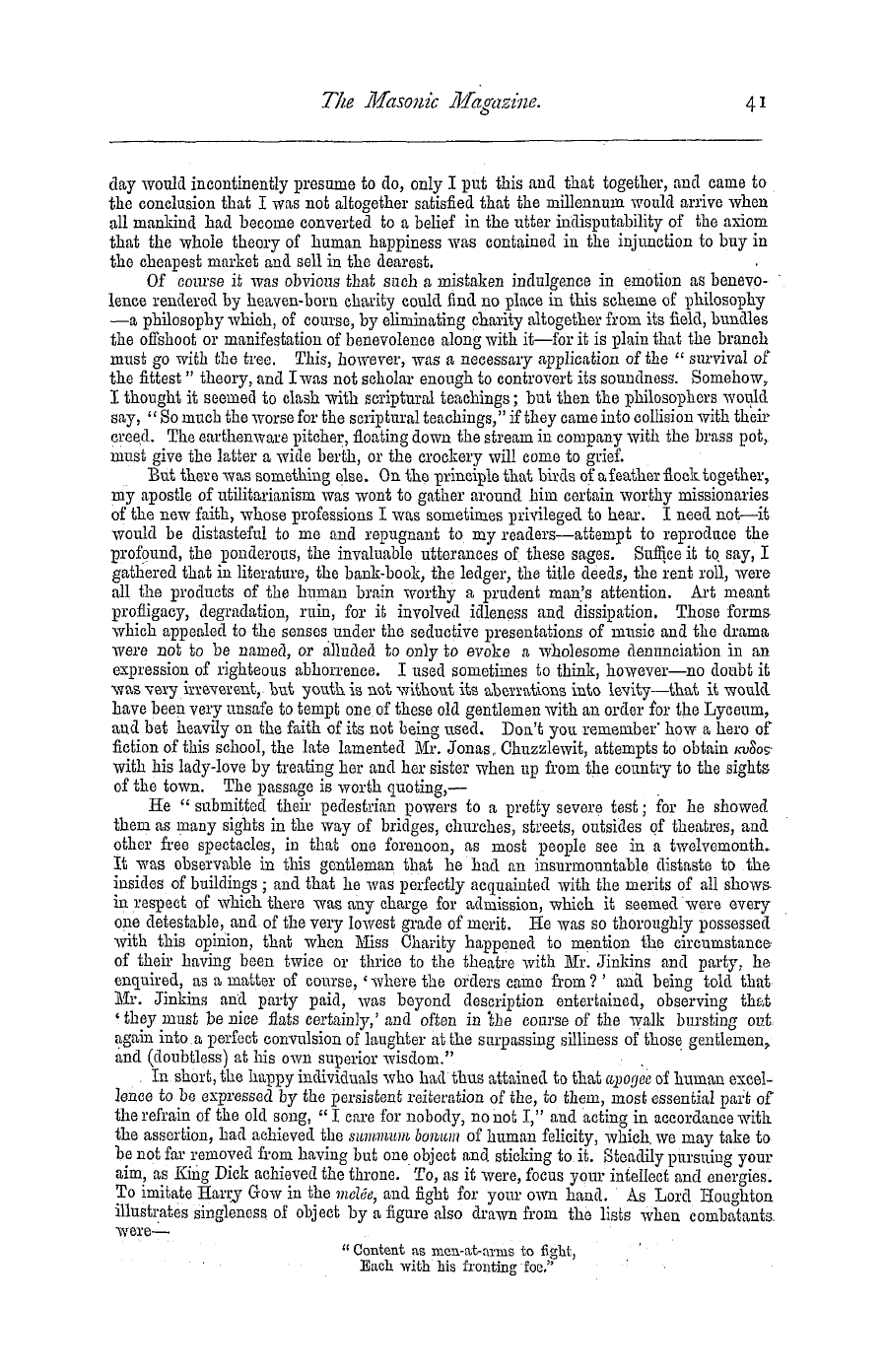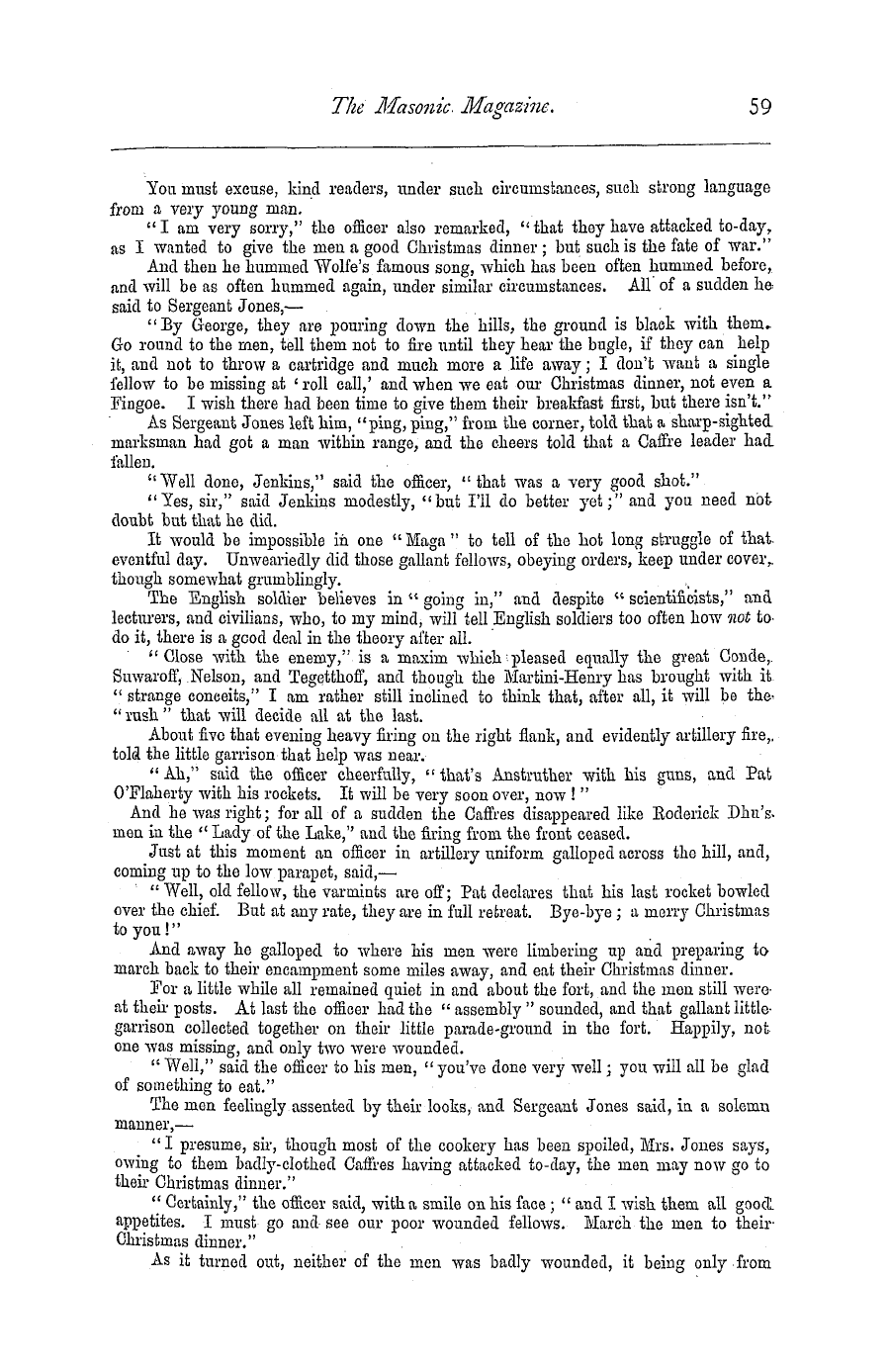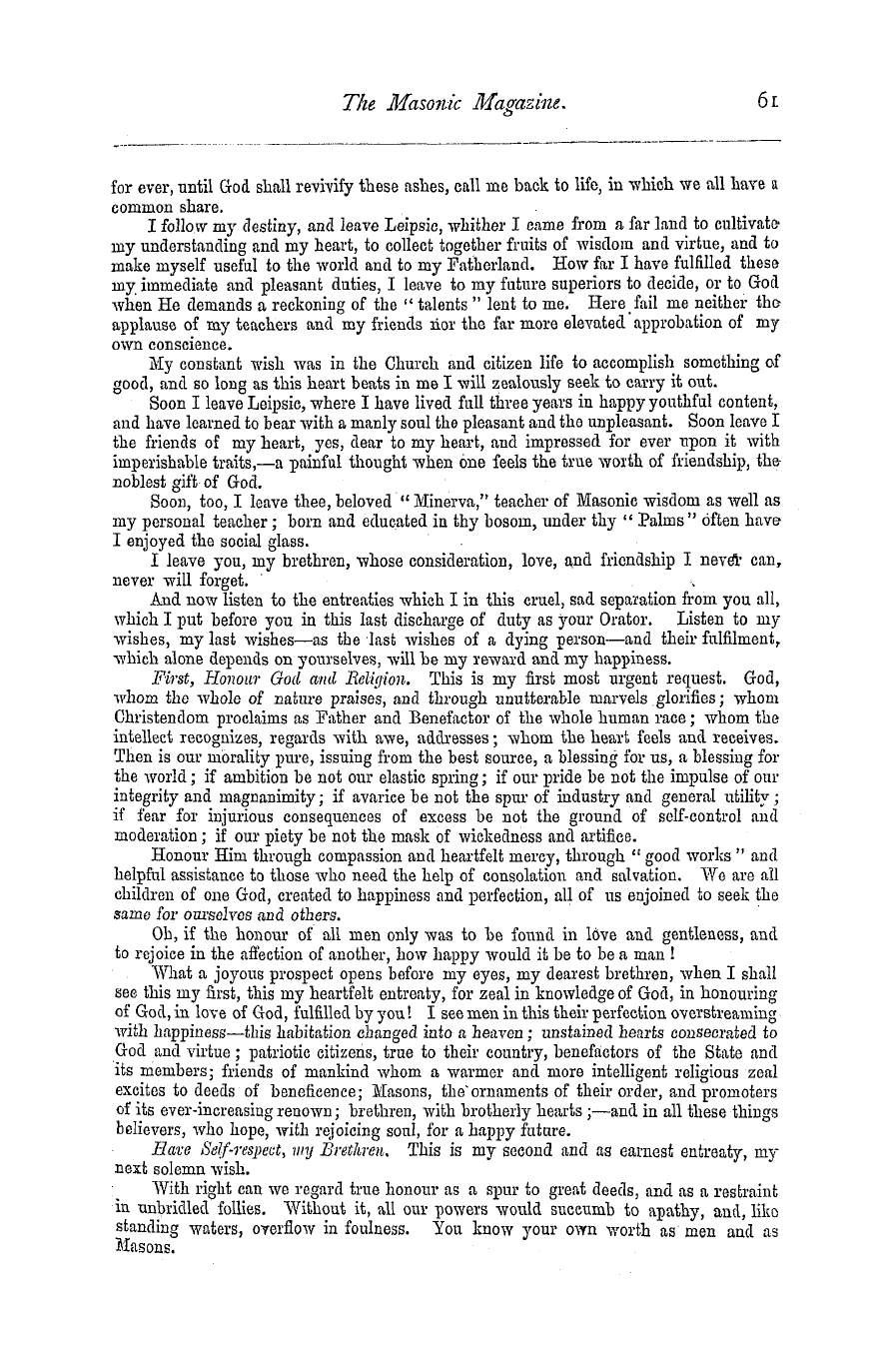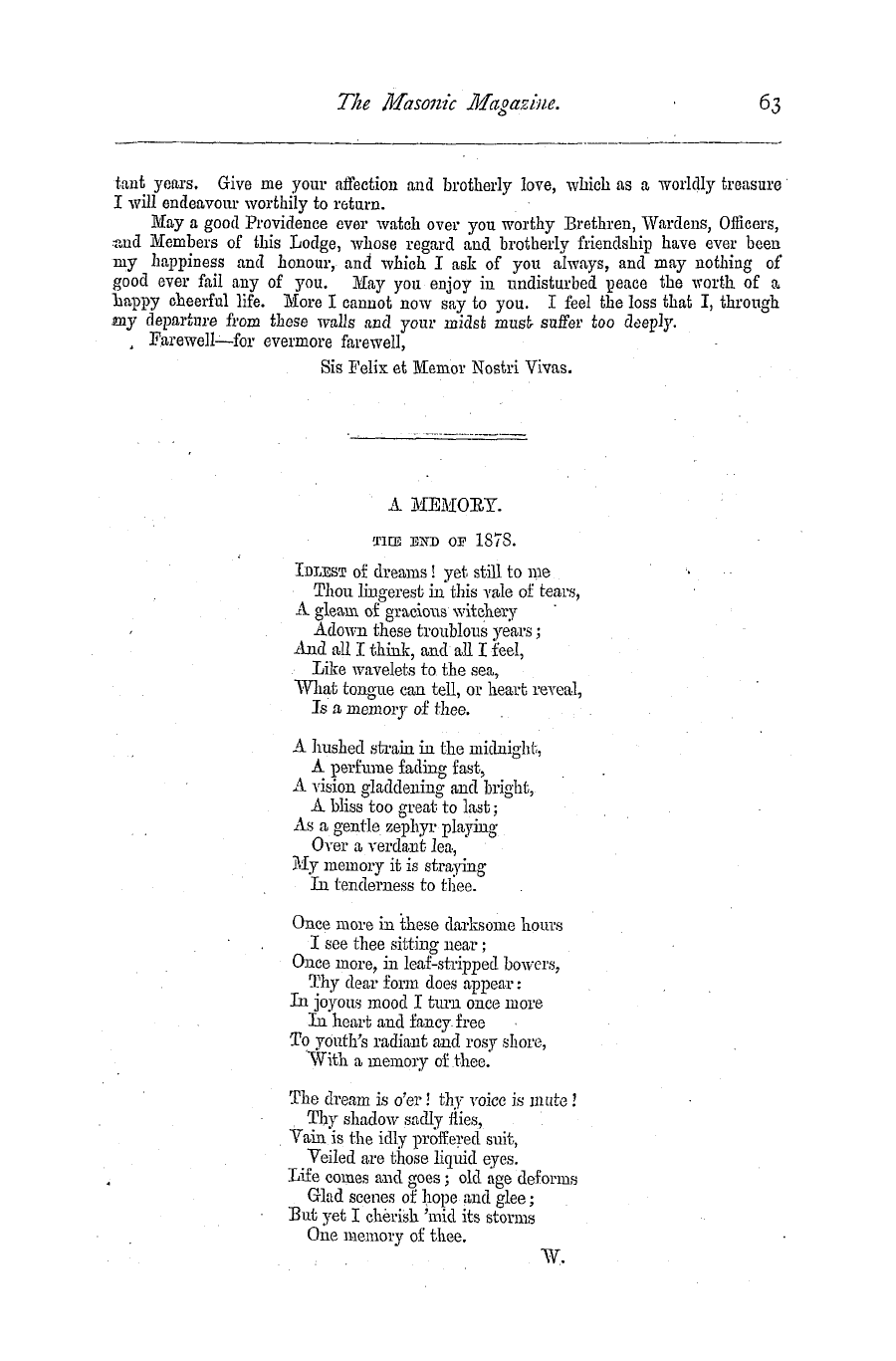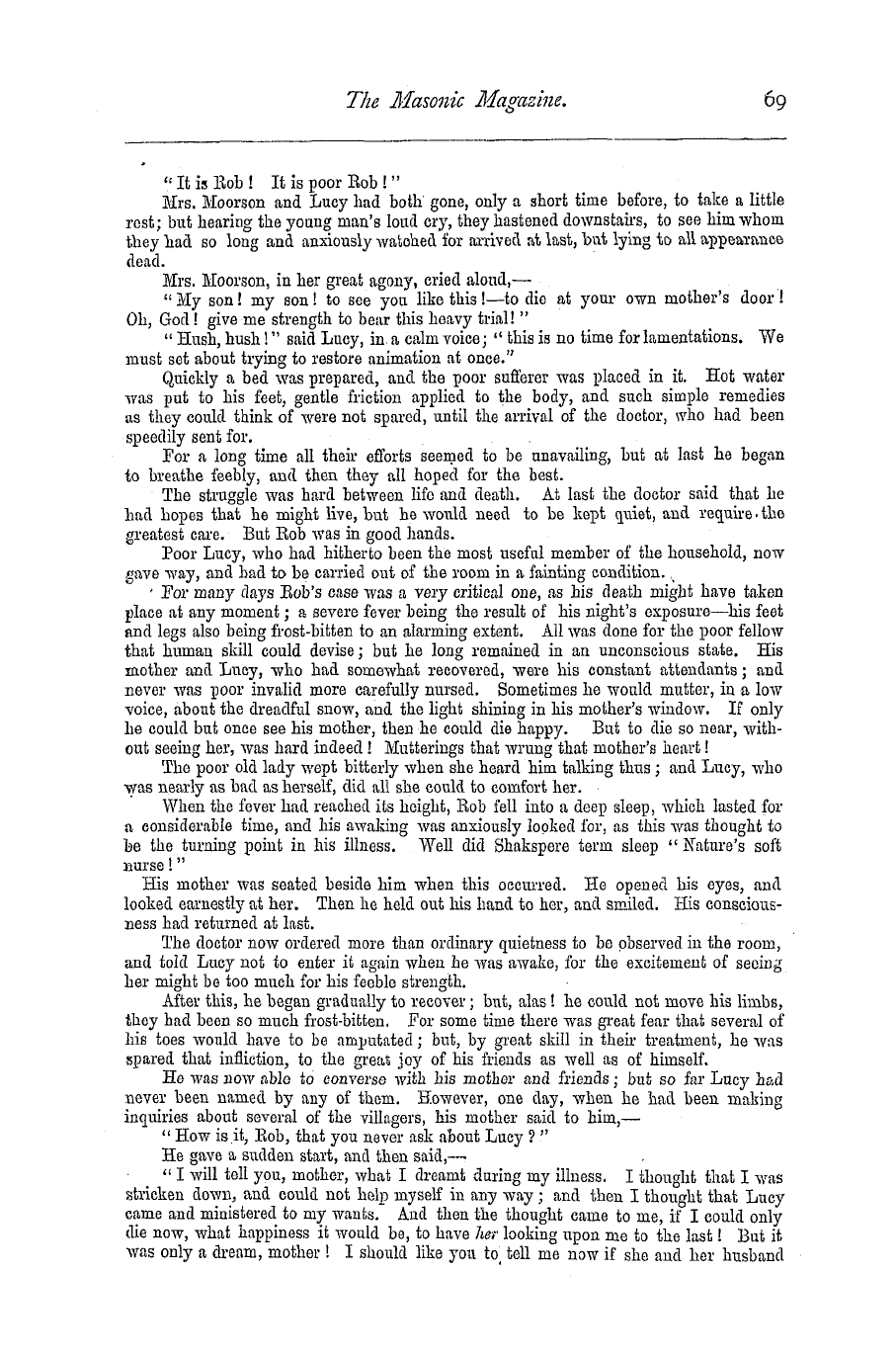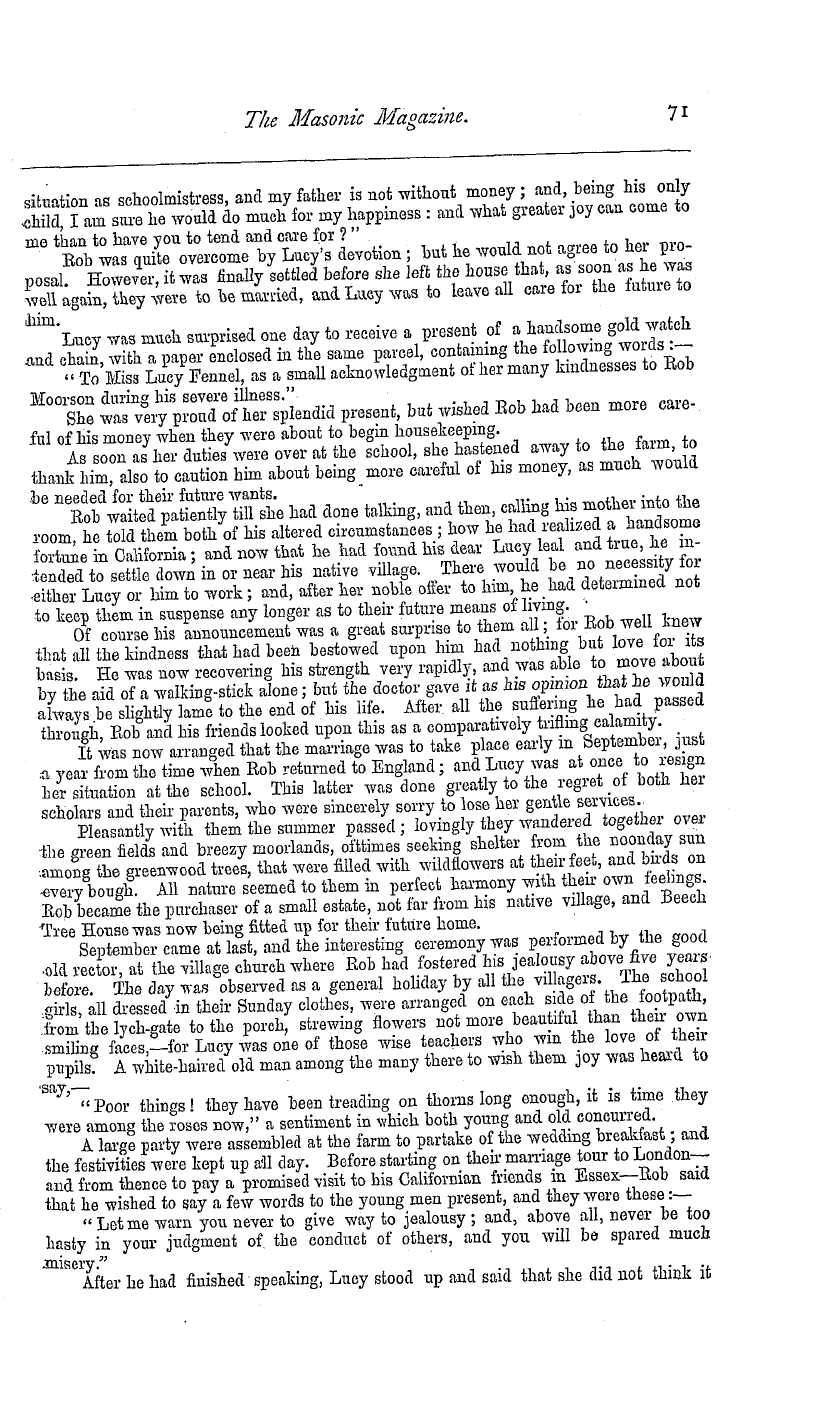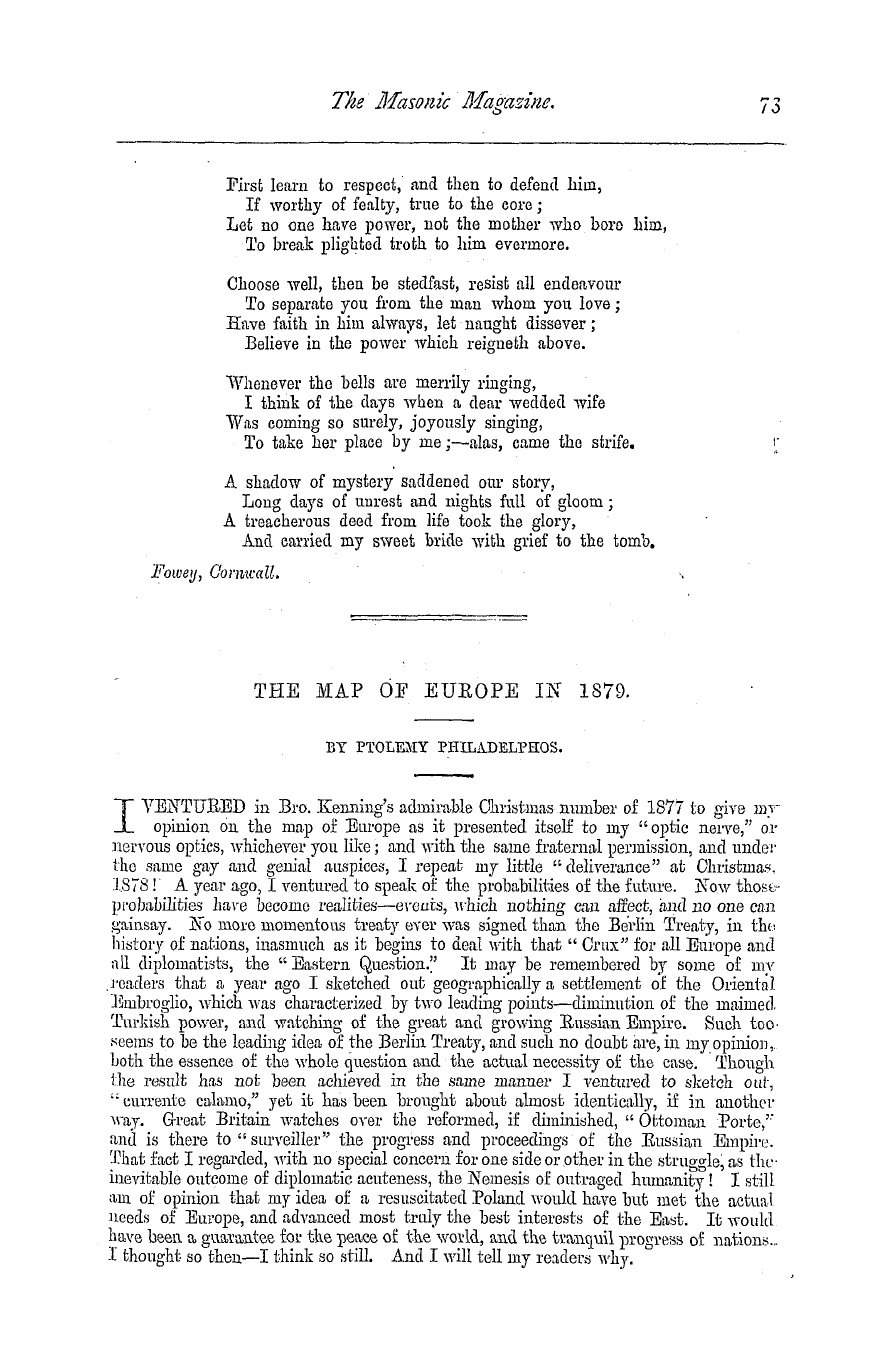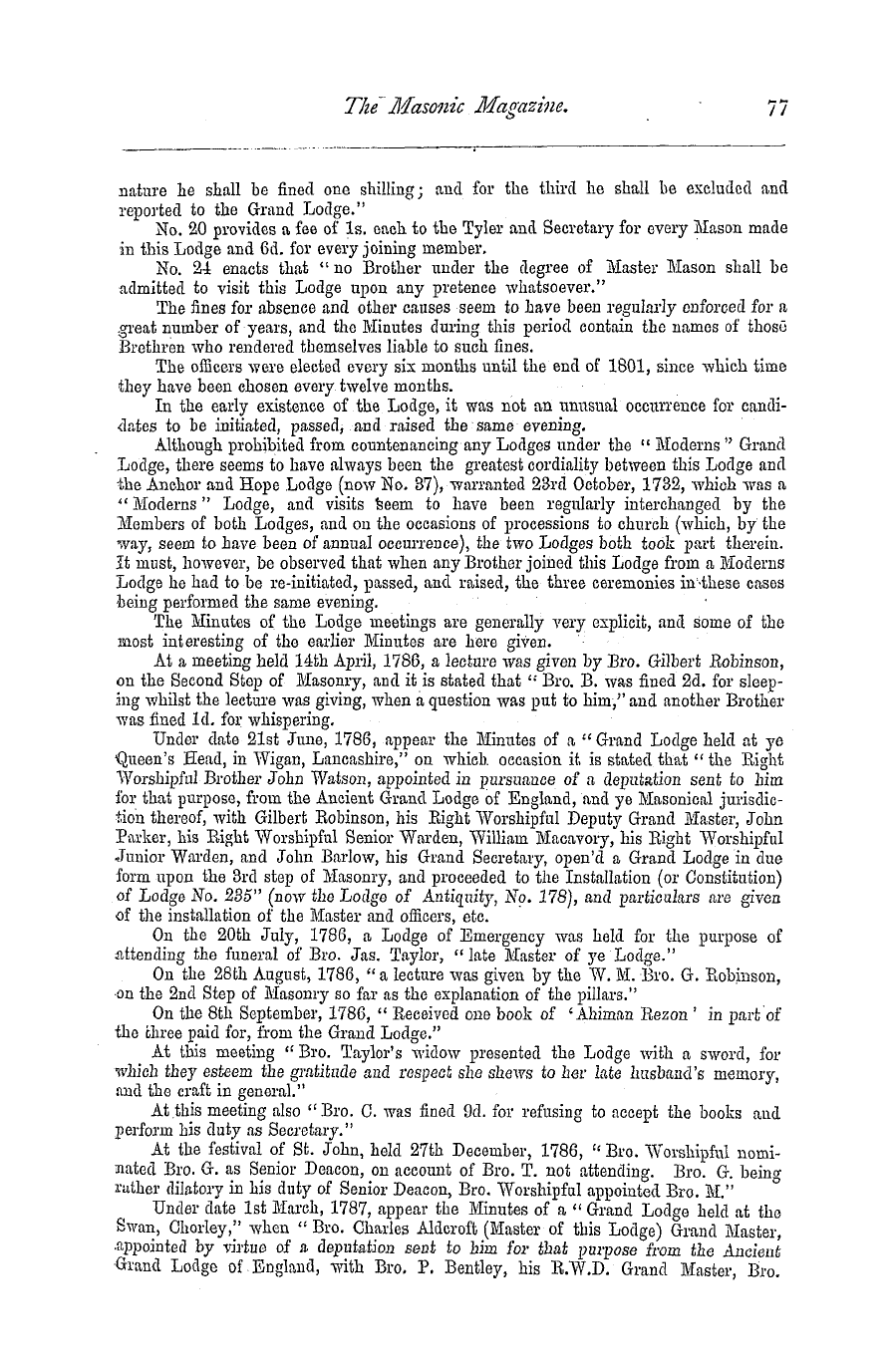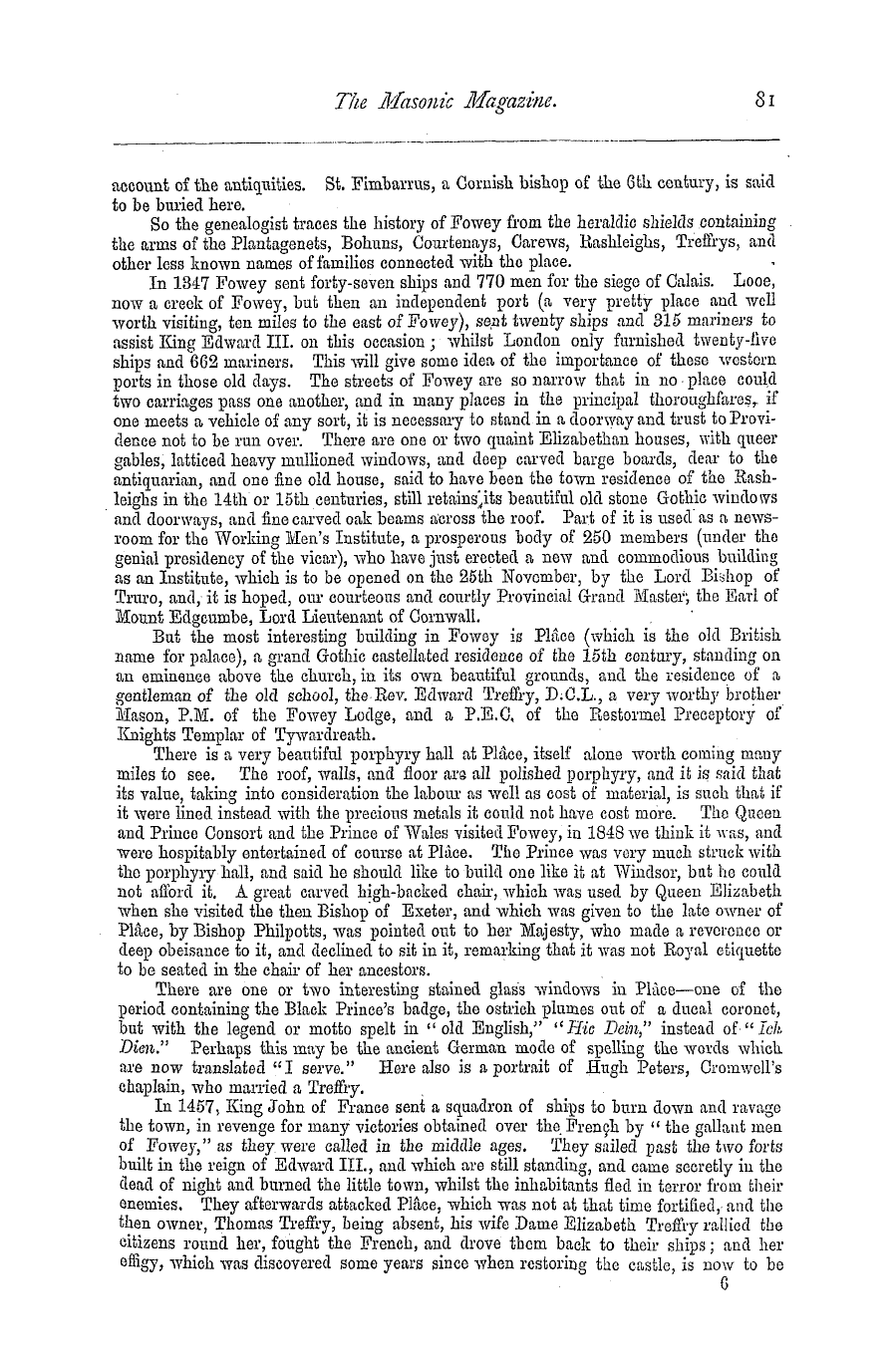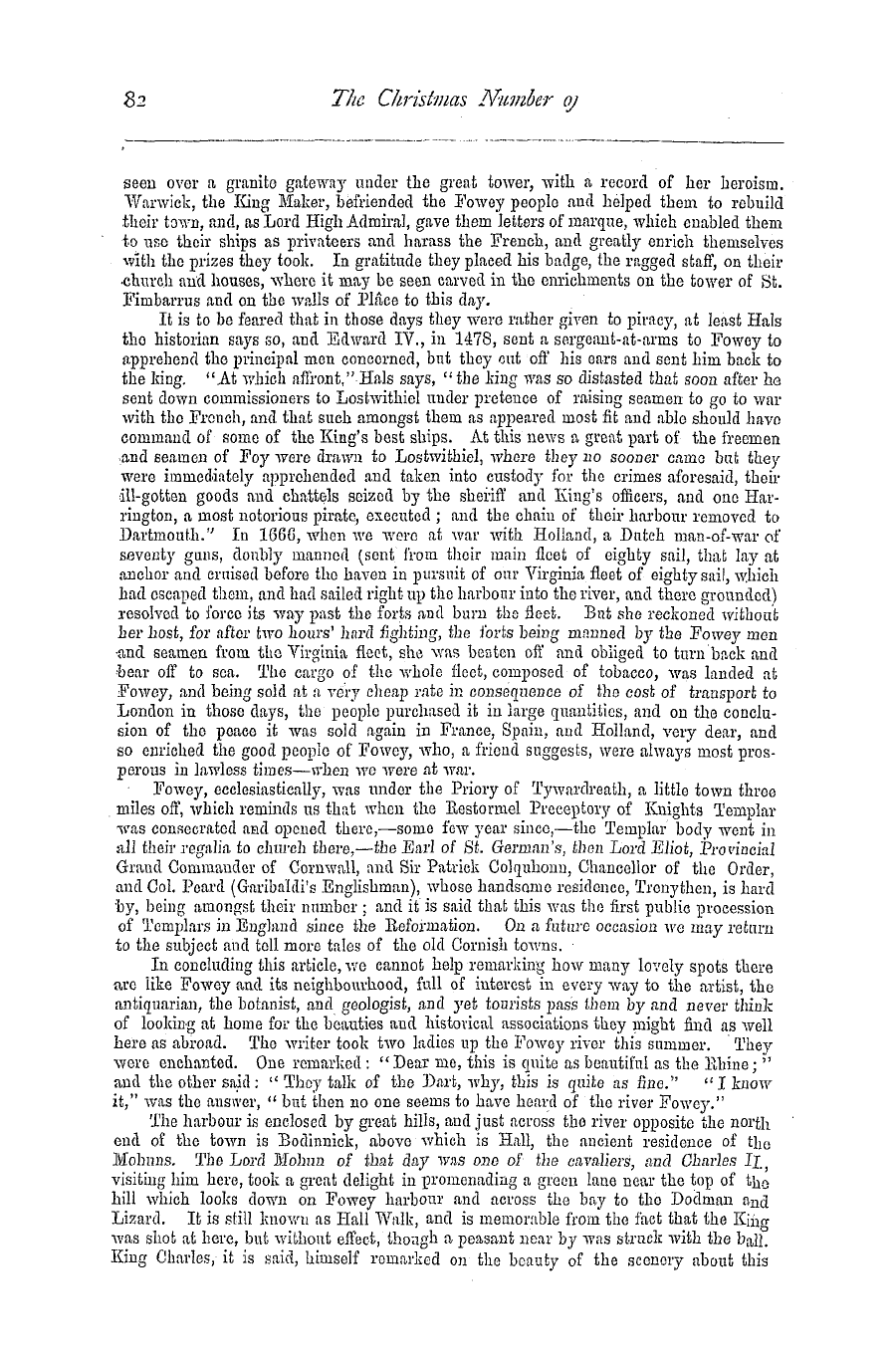Note: This text has been automatically extracted via Optical Character Recognition (OCR) software.
Transmission Of Masonic Art And Symbolism In The Fourth Century.
TRANSMISSION OF MASONIC ART AND SYMBOLISM IN THE FOURTH CENTURY .
( From the Keystone . )
BY BRO . GEO . P . FORT .
\ S early as the age of Numa , the builders or architects were already , in Greece , ¦* - * - associated in guilds or colleges , and shared the building art with the sacerdotal order , and evidently were under Ecclesiastical discipline , as it uniformly existed throughout the subsequent government of the Christian Church till the close of the eleventh century . Blathematics and geometrical science which , without the high antiquity of logarithmswere the essential bases of architecture in the close custodof the building
, y schools , as previously noted obtained from the secret organizations of the priesthood , were also used by philosophic or theosophie schools , such as Pythagoras , etc ., as a substratum upon which to erect a religious structure . From this it may be asserted that in these systems of religion , the science of numbers or mathematics , and their various combinations , were so intricately conjoined as to be inseparable , while to a great degree the individualised colleges of artificers united this amalgamation as a sacred element
with the practical application of geometric or mathematical principles . This union was certainly maintained and encouraged during the subjection of our mediarval precursors to the Romish Church , and only ceased when the society of Operative Freemasons abandoned one of its dualistic characteristics . Under the salutary regulations of the
ltolemies , the metropolitan city Alexandria , for centuries prior to the time of the Cajsars , became the centre of mental and intellectual activity of both the eastern and western worlds . Especial privileges were generously conceded to renowned scholars , eminent in the higher culture of sciences and arts , who rapidly flocked to this city and were maintained at public expense in . the several buildings devoted to the practical cultivation of scholastic pursuits . . These immunities were continued by the early Roman emperorsdeeplinterested in preserving such unions of men celebrated for their
, y erudition and beneficial inventions . The rapid progress of the Christian faith at length reached a class of converts whose learning was of the highest importance in giving stabilit y and extension to the new doctrines . Its inroad upon the ranks of those who had hitherto formed an essential element in the sacerdotal orders soon manifested a strange perversion of the original doctrines of Christ , by the wilful admixture of numerous rites and dogmas which vitalized the decline of paganismBsuch
. y means the diversified belief of the devotees of Zoroaster , the monothestic Jews , the pantheism of the Greeks and of such other religious culture as were aggregated in Alexandria , modified and paganized Christianity ; and thus amalgamated , reappeared in sects , of which the most important were Gnostics , Basilideans , and the followers of Manicheios . Ihis infusion or union of rival doctrines , which only harmonized in the mediarval and 34
Note: This text has been automatically extracted via Optical Character Recognition (OCR) software.
Transmission Of Masonic Art And Symbolism In The Fourth Century.
TRANSMISSION OF MASONIC ART AND SYMBOLISM IN THE FOURTH CENTURY .
( From the Keystone . )
BY BRO . GEO . P . FORT .
\ S early as the age of Numa , the builders or architects were already , in Greece , ¦* - * - associated in guilds or colleges , and shared the building art with the sacerdotal order , and evidently were under Ecclesiastical discipline , as it uniformly existed throughout the subsequent government of the Christian Church till the close of the eleventh century . Blathematics and geometrical science which , without the high antiquity of logarithmswere the essential bases of architecture in the close custodof the building
, y schools , as previously noted obtained from the secret organizations of the priesthood , were also used by philosophic or theosophie schools , such as Pythagoras , etc ., as a substratum upon which to erect a religious structure . From this it may be asserted that in these systems of religion , the science of numbers or mathematics , and their various combinations , were so intricately conjoined as to be inseparable , while to a great degree the individualised colleges of artificers united this amalgamation as a sacred element
with the practical application of geometric or mathematical principles . This union was certainly maintained and encouraged during the subjection of our mediarval precursors to the Romish Church , and only ceased when the society of Operative Freemasons abandoned one of its dualistic characteristics . Under the salutary regulations of the
ltolemies , the metropolitan city Alexandria , for centuries prior to the time of the Cajsars , became the centre of mental and intellectual activity of both the eastern and western worlds . Especial privileges were generously conceded to renowned scholars , eminent in the higher culture of sciences and arts , who rapidly flocked to this city and were maintained at public expense in . the several buildings devoted to the practical cultivation of scholastic pursuits . . These immunities were continued by the early Roman emperorsdeeplinterested in preserving such unions of men celebrated for their
, y erudition and beneficial inventions . The rapid progress of the Christian faith at length reached a class of converts whose learning was of the highest importance in giving stabilit y and extension to the new doctrines . Its inroad upon the ranks of those who had hitherto formed an essential element in the sacerdotal orders soon manifested a strange perversion of the original doctrines of Christ , by the wilful admixture of numerous rites and dogmas which vitalized the decline of paganismBsuch
. y means the diversified belief of the devotees of Zoroaster , the monothestic Jews , the pantheism of the Greeks and of such other religious culture as were aggregated in Alexandria , modified and paganized Christianity ; and thus amalgamated , reappeared in sects , of which the most important were Gnostics , Basilideans , and the followers of Manicheios . Ihis infusion or union of rival doctrines , which only harmonized in the mediarval and 34














































































